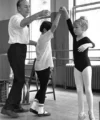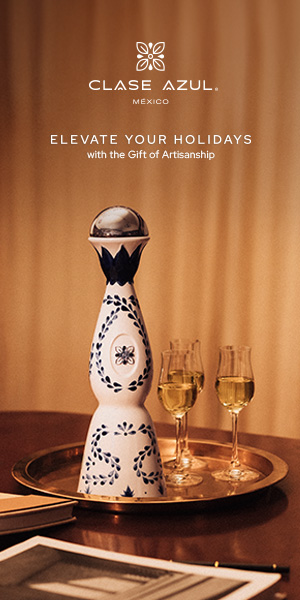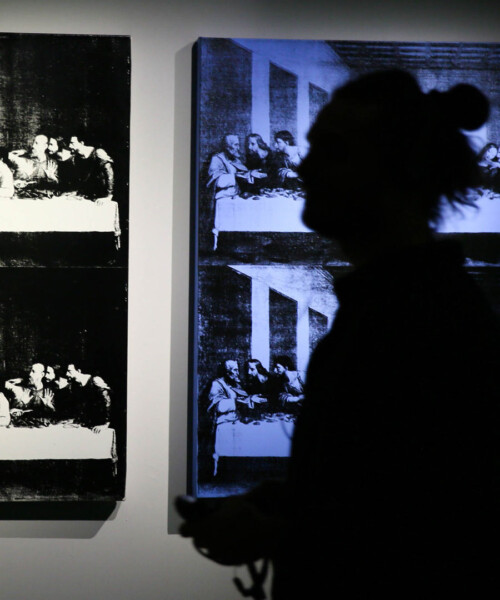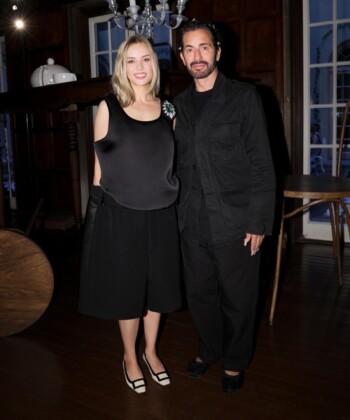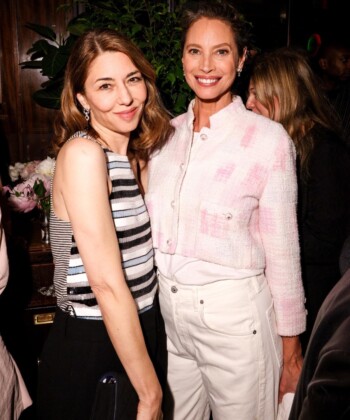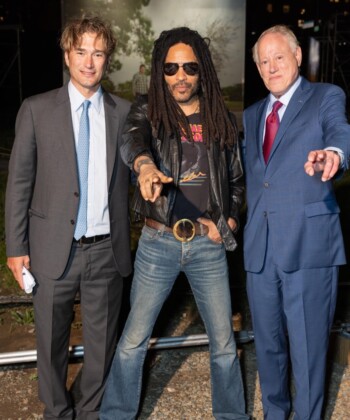The thousands of people descending upon New York this month for Frieze will find no shortage of great work to add to their collections, even beyond the tents on Randall’s Island. A number of satellite festivals have popped up over the years to complement the main event, giving buyers more options than ever before. And this year’s newest addition, the Downtown Fair, is sure to impress.
“Before starting a fair in New York during the same time as Frieze, we wanted to make sure that ours would be different, would have its own strategy, theme, and identity,” Nick Korniloff, the visionary behind 25-year-old Art Miami who’s now the director the Downtown Fair, recently told DuJour. “Our show is about complementing the overall art market during Frieze week.”

Nick Korniloff
Located in the historical 69th Regiment Armory on 25th and Lexington, conveniently just ten blocks from the Frieze ferry, the Downtown Fair will offer modern and contemporary art for purchase from both emerging and established artists around the world. “It’ll be a nice alternative for the collectors who are visiting,” says Korniloff. If you’re in the market for a new piece of art, read on for some of Korniloff’s tips for nabbing your next favorite piece.
1. Get to know the gallerist.
“If you’re looking to acquire art for the first time at one of the fairs, the first thing to do is engage the art dealers,” says Korniloff. “The art market can be intimidating for a collector at times, but one of the great things about gallerists is that they’re great educators. They are really good at building new collections and introducing people into the market in the right way.”
Gallerists are just as interested in creating a new relationship with a potential collector as they are with selling to longtime clients, so if lack of buying experience is holding you back, don’t let it.
2. Figure out what you want.
Do you want to support an emerging artist, or would you prefer to display a piece from someone more well-known? Art fairs often provide a mix of both primary artwork—pieces from living artists that are coming to market for the first time—and secondary artwork that has already changed hands previously.
The Downtown Art Fair, for example, offers both work from younger artists as well as pieces by heavyweights like David Hockney, Andy Warhol, Jeff Koons, Alexander Calder, and Picasso. “It compliments what’s happening in the art market at every angle,” explains Korniloff.
“Buying a piece of art doesn’t necessarily mean it’s going to give you a return on investment,” reminds Korniloff. Make sure that you actually enjoy anything you’re thinking of purchasing.
3. Research the gallery.
If you already have a few favorite galleries, sign up for their mailing lists—galleries will often send out information about what pieces they’re bringing to the fair in advance, so you’ll know what to look for. Art fairs can get crowded and confusing, so grab a map when you arrive and circle the galleries you definitely want to check out.
If you’re considering buying artwork from a gallery you don’t know much about, it’s worth looking into their background before purchasing a piece.
“You certainly want to look at the gallery’s reputation and how long they’ve been in business,” suggests Korniloff, adding that aspiring collectors may want to check out what other artists the gallery represents for a wider view of their overall taste. Having context can help you determine the significance of the piece in question.
4. Check out the artist’s background.
Once you’ve found a piece you like from a gallery you trust, find out everything you can about the artist.
“Ask who the other collectors of their work are, what institutions they’re featured in, what curators they work with,” Korniloff says. “Really get an understanding of how they’ve evolved as an artist and where they come from. Are they self-taught? Are they educated? Continue to ask questions and look at as much of their work as you possibly can.”
Museums and galleries are good places to check out an artist’s other work, says Korniloff, and there are also unlimited resources online for immediate research.
You can request to put a piece of art on reserve while you research it, but galleries are often hesitant to do this because of the fast-paced nature of art fairs, especially during VIP previews and on the first day. It’s always worth asking, though.
5. Above all, make sure you really love the piece.
“I think that the most important thing is to be prepared to live with your artwork for a really, really long time,” Korniloff says. “People buy for different reasons, but I think there’s one common trend—that they love it and they want to see it on their wall. That’s something that you really have to remember: that whether it’s an investment or not, you’re going to live with this for a long time.”
MORE:
Why the Art World Is Getting Boozed Up
My Last Piece of Art: Marc Jacobs
The Man Who Landed Art’s Top 2 Gigs
















